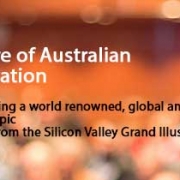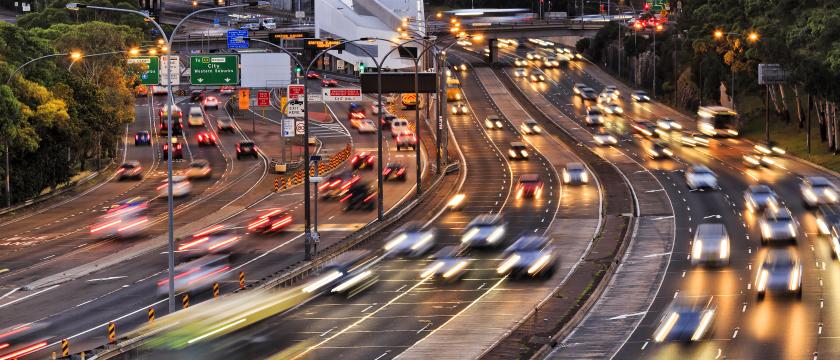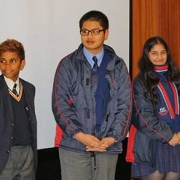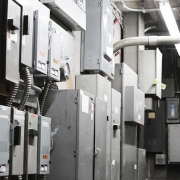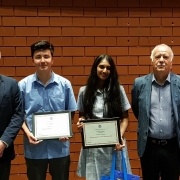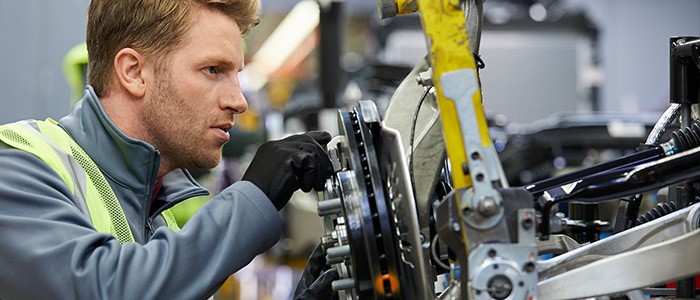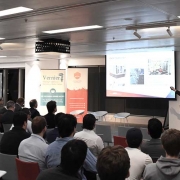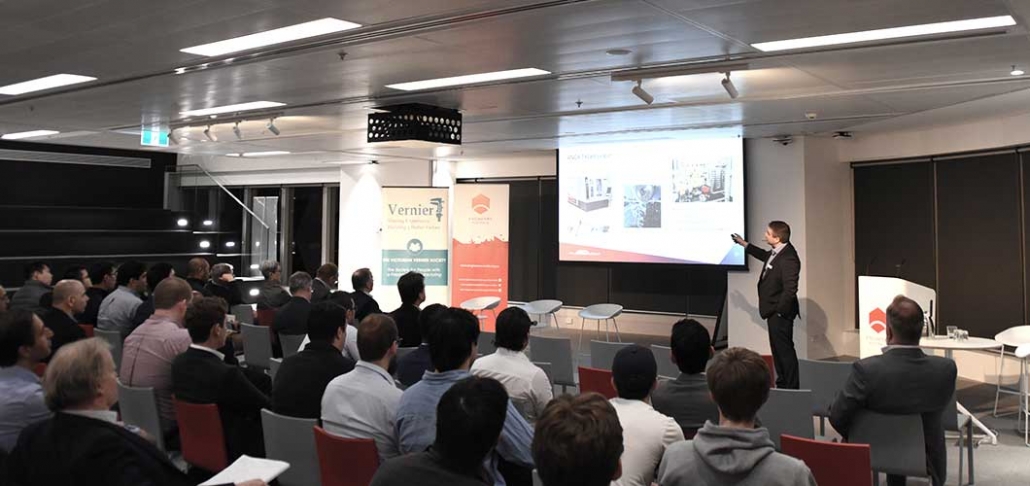Continuing the Energy Transition Discussion
From my point of view climate change is almost irrelevant to the energy debate at this point. The bids being received in India for example, for wind and solar are lower than the operating costs of existing coal plants. In parts of the US and Europe wind is half the cost of running a coal plant. One of the large Indian conglomerates is proposing the the government enforces the closure of 40 GW of old coal plants which have failed time and again to meet pollution deadlines. Many of these “old” plants are newer and more efficient than most Australian plants. The closure call is partly to reduce pollution but partly to reduce overcapacity which is making everyone lose money and partly to reduce water stress – a coal power plant uses as much water as a town of 400,000 people. The coal plants in India are only running at about 55% capacity so a few closures wouldn’t risk energy security
A similar situation is occurring in the US, Germany Spain and the UK. Now the gas peak has long passed in the UK and Spain and some US states and Germany. There are some new gas plants on order in Asia and the USA but even before Covid all the Gas power plant manufacturers were laying off 10’s of thousands of staff. In the last 2 years 18 GW of gas fired generation capacity was installed and about 320 GW of wind and solar.
Then there is transport. With the closure of yet another refinery and the other three on the brink we face a cascading failure like the car industry. As EVs now have a lower lifetime cost of ownership than equivalent petrol cars, wouldn’t we be far better off to subsidise EV purchases than subsidise refineries and continuing to import fuel? Although at this juncture because of Morrison’s and Taylor’s absolute failure we may have to do both. By the way Angus Taylor’s nickname has gradually morphed from Anxious Failure to AnGas to Absolute Failure now that refineries are closing and fuel security is supposedly enhanced by leasing fuel on the other side of the world
We have an even more urgent problem than coal and gas, in bulk grains. Last year France exported more wheat than we did and Russia more than twice as much. Russia has enough abandoned farmland, 200m hectares, that even at half its current wheat yield could still provide about 5 times as much grain as we grow. Russia is getting warmer and more hospitable to grain growing while our wheat country is getting dryer and less productive.
One final threat that we might be forced to consider after Tuesday. A very effective counter China strategy is a border adjustment tax, that penalises countries exports that have high embedded emissions like China does. This is being planned already in Europe, if the US joins in, it is on. Guess which country has the most CO2 intensive economy outside the Middle East, even worse than the USA and will get whacked in such a scenario (good old OZ).
So whether we take action because of climate change or because our energy markets are going to disappear sooner rather than later, or for domestic energy security, or even for climate change reasons, it is not important. The fact is that the cheapest fastest way to solve all these problems is to bring on the energy transition here as fast as possible. Imposing a carbon tax on exports particularly of LNG would be a good start.






